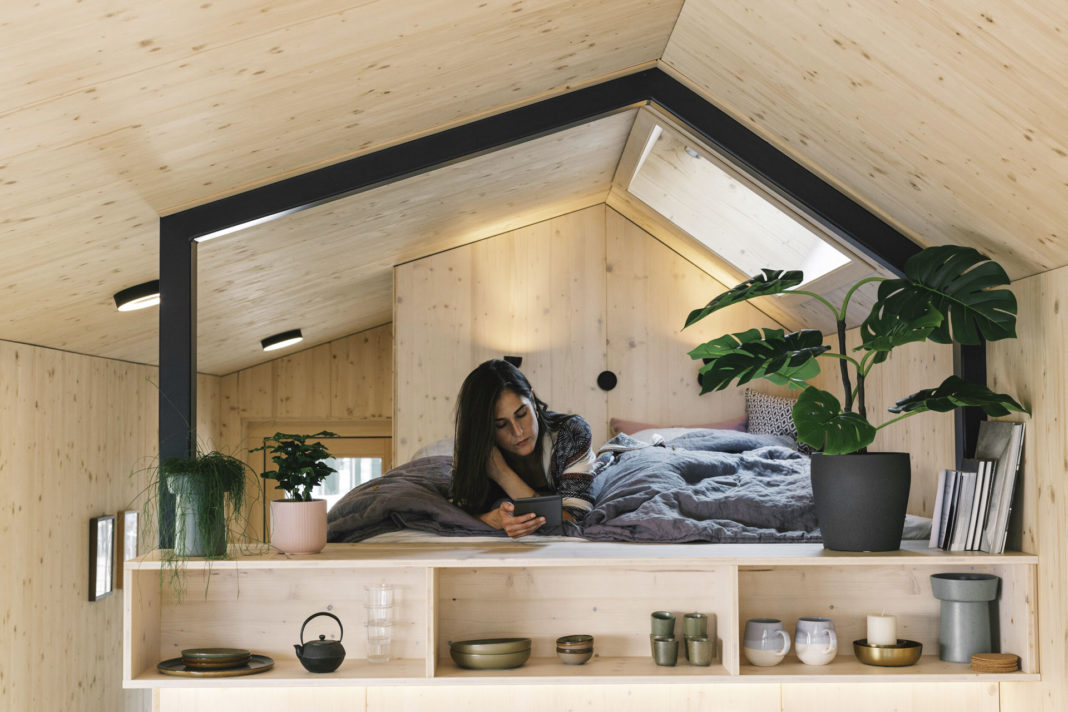Tiny houses or mini-houses are the trending sustainable and comfortable solution to the difficulties of finding a home
Interior design is not just about creating beauty and harmony; it also involves making the best possible use of space. This becomes all the more important when there is limited floor space available. Faced with this modern housing problem, a solution has emerged in the shape of tiny houses which provide a place to live where all your needs are taken care of in as little space as possible. It’s a concept that has gained a lot of popularity recently.
The concept emerged in the United States as a result of the recession and the fact that low wages and increased poverty made it increasingly impossible to get a mortgage or pay high rents. A ‘tiny house’ is generally a dwelling measuring between 30 m2 x 50 m2 with an additional 3 m in height available for potential loft space.
Tiny house living entails living with less, but living sustainably, so with this in mind, the trend is to build on small plots surrounded by nature and construct them in a more environmentally friendly way. This could translate to converting old shipping containers, for example, and adapting them by fitting solar energy panels and rainwater collection systems for a sustainable heating and water supply.

The nature of their size makes them perfect for singles living alone, or couples without children and those whose offspring have flown the nest and are looking to embrace a new lifestyle.
Creating a tiny house is not without its challenges, however, and requires excellent planning to make the most of every square inch of space to provide an adequate living area as well as storage (e.g. clothes and food) and sleeping quarters. This is where the use of the extra height comes in; a mezzanine could be a good option for a bedroom or a workspace. Alternatively, you can always create an indoors-outdoors space with a terrace that can be closed in when necessary.
Multi-purpose furniture with built-in storage is a tiny house must as is its ability to be folded and put away when necessary. Interiors benefit from being open-plan and to lend versatility, movable panels that can be used as partitions are ideal. Cabinetry should be as unobtrusive as possible to avoid clutter and plenty of natural light is essential. You can also achieve a feeling of spaciousness by using pale shades to decorate your tiny home.



